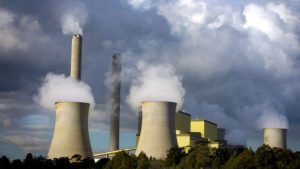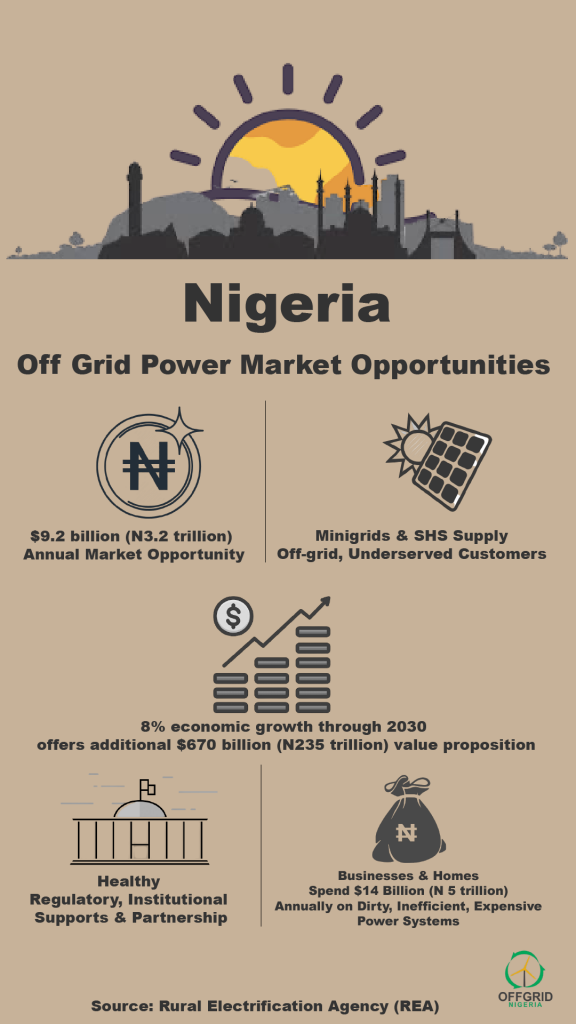*says world subsidises fossil fuel consumption, production with $500bn
*predicts very cheap or almost free electricity from renewables soon
Adnan Amin, the Director General of the International Renewable Energy Agency (IRENA), has disclosed that American conglomerate, General Electric, has stopped the production of gas turbines for electricity production with fossil fuel.
This, according to experts who exchanged notes with OGN on the development, suggests GE may have taken a strategic choice on the future of renewable energy, its potentials, and the global drive to decarbonize as much as possible.
Amin, also stated that currently, countries of the world subsidise the production and consumption of fossil fuel with $500 billion. He noted that in contrast, subsidy on renewable energy consumption and production was one fifth of this sum.
Speaking on a new episode of Columbia Energy Exchange of the Columbia University School of International and Public Affairs (Columbia/SIPA) Centre on Global Energy Policy, hosted by Jason Bordoff, Amin, explained the trend in renewable energy deployment suggests there could be a very cheap or almost free cost to generating and using electricity from renewable sources soon.
At the moment, IRENA supports countries in their transition to a sustainable energy future and serves as a platform for international cooperation. Amin, on the other hand has more than 25 years of experience in renewable energy, sustainable development, and environmental policy. He had a 37-minute conversation with Bordoff on IRENA’s mission and the future of renewables on the global market.
Amin, also discussed why policy still has an important role to play in the energy transition and provided his thoughts on 100% clean energy, electric vehicles (EVs), and the role that renewables can play in emerging markets.
Other topics discussed in the podcast which OGN obtained included threats of geopolitics on renewable energy, how utilities will need to adapt their business models to a low-cost electricity world, and the sustainability of China’s growth model.
“I don’t think it (gas) undermines renewables, in fact, if you took note, General Electric which probably produced best gas turbines in the world just stopped doing that – that has to say something,” said Amin on threats gas pose to renewable energy growth.
He further explained: “So, I think there is a perspective for LNG especially if it remains so cheap given the competitive momentum that we’ve seen. But I think in terms of electricity, the cost declines in renewables are going to be the dominant trend. That is without doubt.”
“Gas, I think more and more countries are looking at it as a transitional fuel and in terms of generation of hydrogen and other uses for low-carbon freight, heating and cooling. I think there is coexistence, the objective is to decarbonise as much as possible and the least polluting fossil fuel is gas. Electricity is going to move so fast with renewables,” Amin added.
He stated that renewables was initially considered a luxurious energy source for the rich but that things have started to change, adding that knowledge about renewables increased and more countries came into the field.
On the horizon: renewables as dominant energy source
According to Amin, most oil producing countries have realized renewable energy would become a dominant energy source for the global economy, and have begun to make plans for such period.
He said: “One of the interesting things I have found out in the last couple of years in particular is that there is a growing realization amongst countries that are major oil economies that this change is coming.
“The public discussion is very much about how it can be prolonged in the 30 year horizon. This is a common position that’s taken because anything else would immediately affect the markets. But there is a private realization that this is happening.”
The UAE, he noted, “has a target of 40% renewable electricity by 2050; the Russian Federation has launched their tenders last year for 2.9 gigawatts renewable energy mostly wind. I think there is a very strong realisation that change is coming, nobody can tell you for certain when the tipping point will be but more and more analyses we’ve seen, including from the financial sector and big investors is that they expect the tipping point will come sooner.”
“If you take silicon PV, in the last five years it has fallen in price by 80%. The levelized cost of electricity in the last seven or eight years from solar has come down by 73%. We are projecting on the basis of looking at 1500 utility scale investment around the world looking at the cost of technology in projecting from that, that this trend will continue, we will see over the next decade about 60% decline, and this is at a time when solar in more and more countries of the world is generating electricity at 3 cent per hour – that’s cost competitive anywhere, the latest project was 315 megawatts solar PV in Abu Dhabi at 2.4 cent per kilowatt hour, so the trend is downwards and driven by scale, efficiency in manufacturing, innovation and technology as well as by more understanding of the financing solar is going and government is looking at subsidy-free future and new policy frameworks,” he explained.
Imbalanced subsidy chest: fossil versus renewables
Speaking on energy politics which he said stood against renewables and more in favour of fossil fuel, Amin, stated that while fossil fuel enjoyed a lot of financial subsidy, there are however more renewable energy markets competing well without financial subsidy.
The global fossil fuel market, he noted now enjoys a financial subsidy which stands at $500 billion for either production or consumption, while renewable energy enjoys just one-fifth of that.
“More and more markets are competing without subsidy. There are markets where policy frameworks will play a major role but basically creating a marketplace that provides a level playing field for the different types of technology.
“Subsidies in fossil fuel is about $500 billion a year (either producer or consumption subsidies), subsidies to renewables are about one-fifth of that.
“In some market where renewables are still about to penetrate, there will be need for some kind of policy supports – not substantial because the cost of technology is coming down.
“The challenge we are looking at for the future is that the cost of electricity from renewables is going to come further down and the real issue is going to be relatively cheap or almost free.”
Asked if IRENA was home with the idea that the world could achieve or should push for 100% renewable energy adoption in its operations, Amin said: “Technically it is feasible in some settings, not all. It is a very attractive idea, it has gained traction in the public mind, we don’t use it as an agency in rallying point although we support countries and small islands that decided to go 100% renewable because for them it make sense. What we talk about is rapid adoption and transformation based on renewable energy.”





